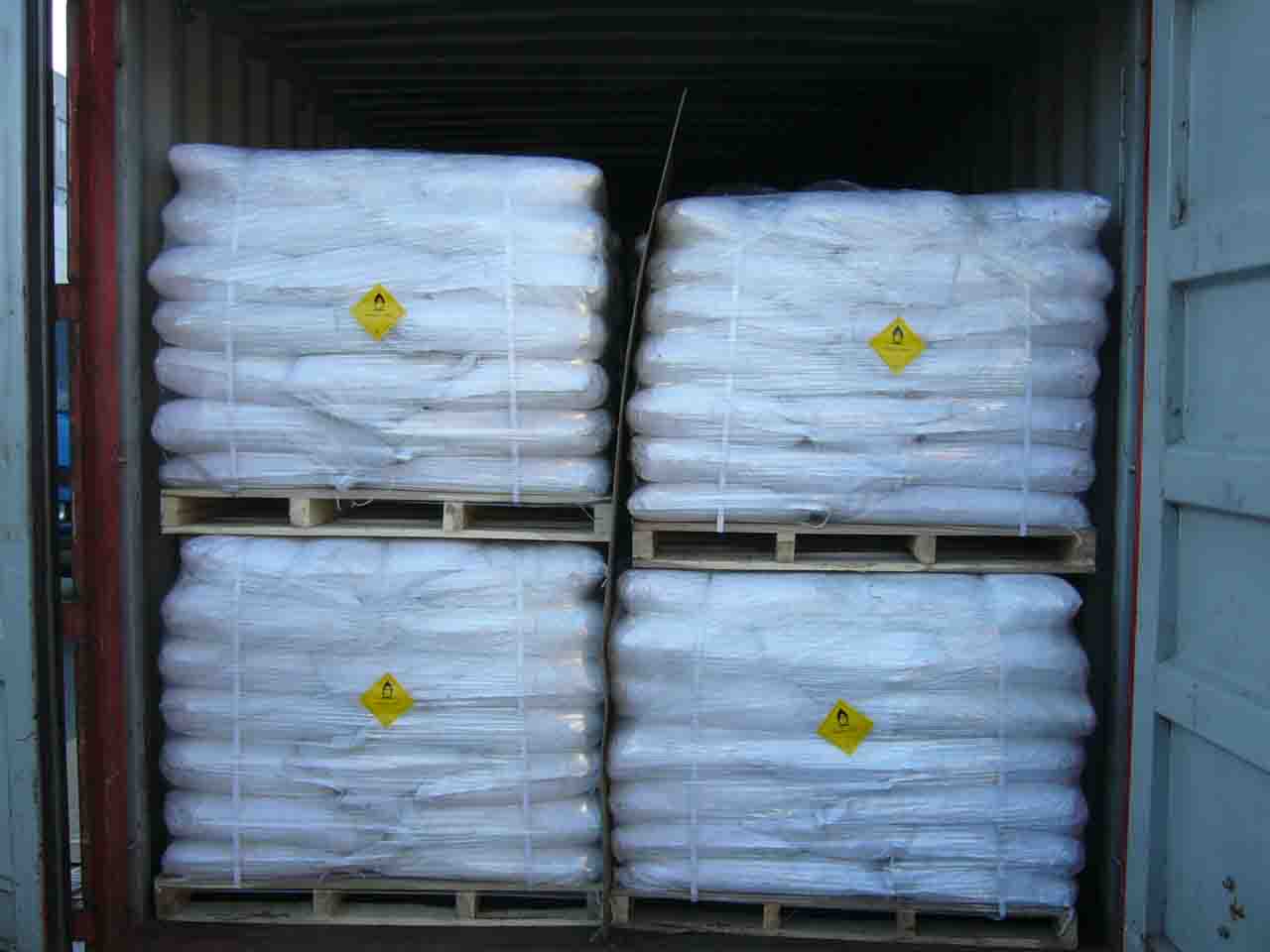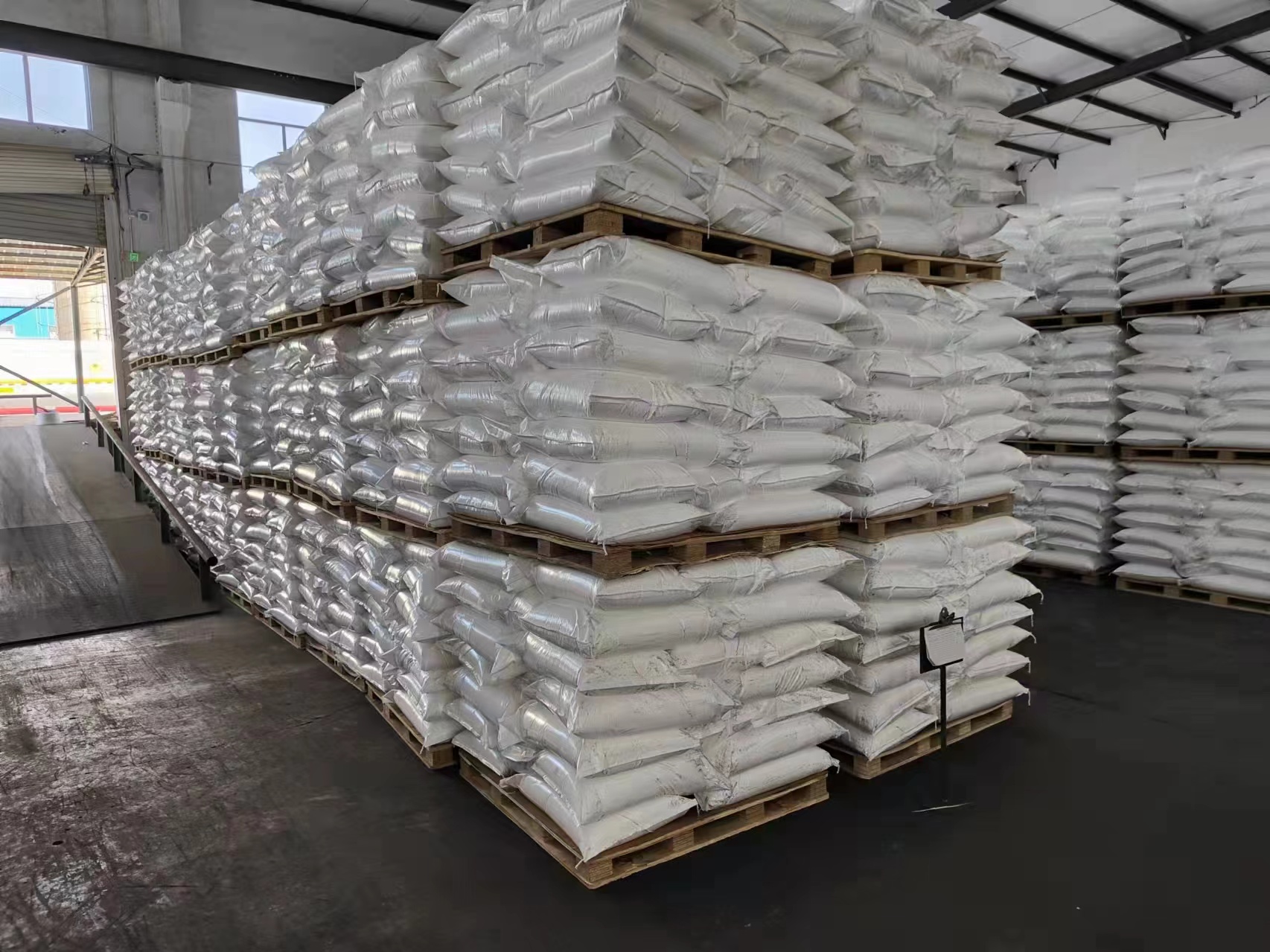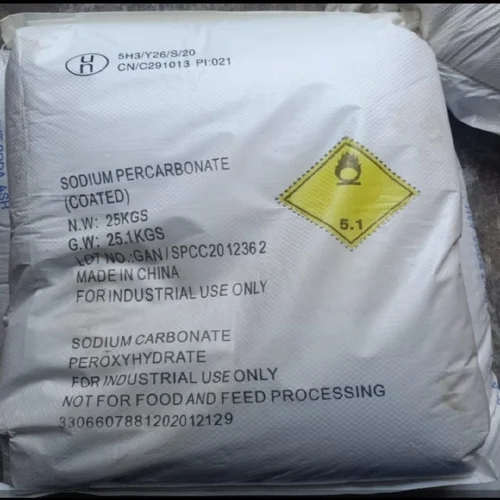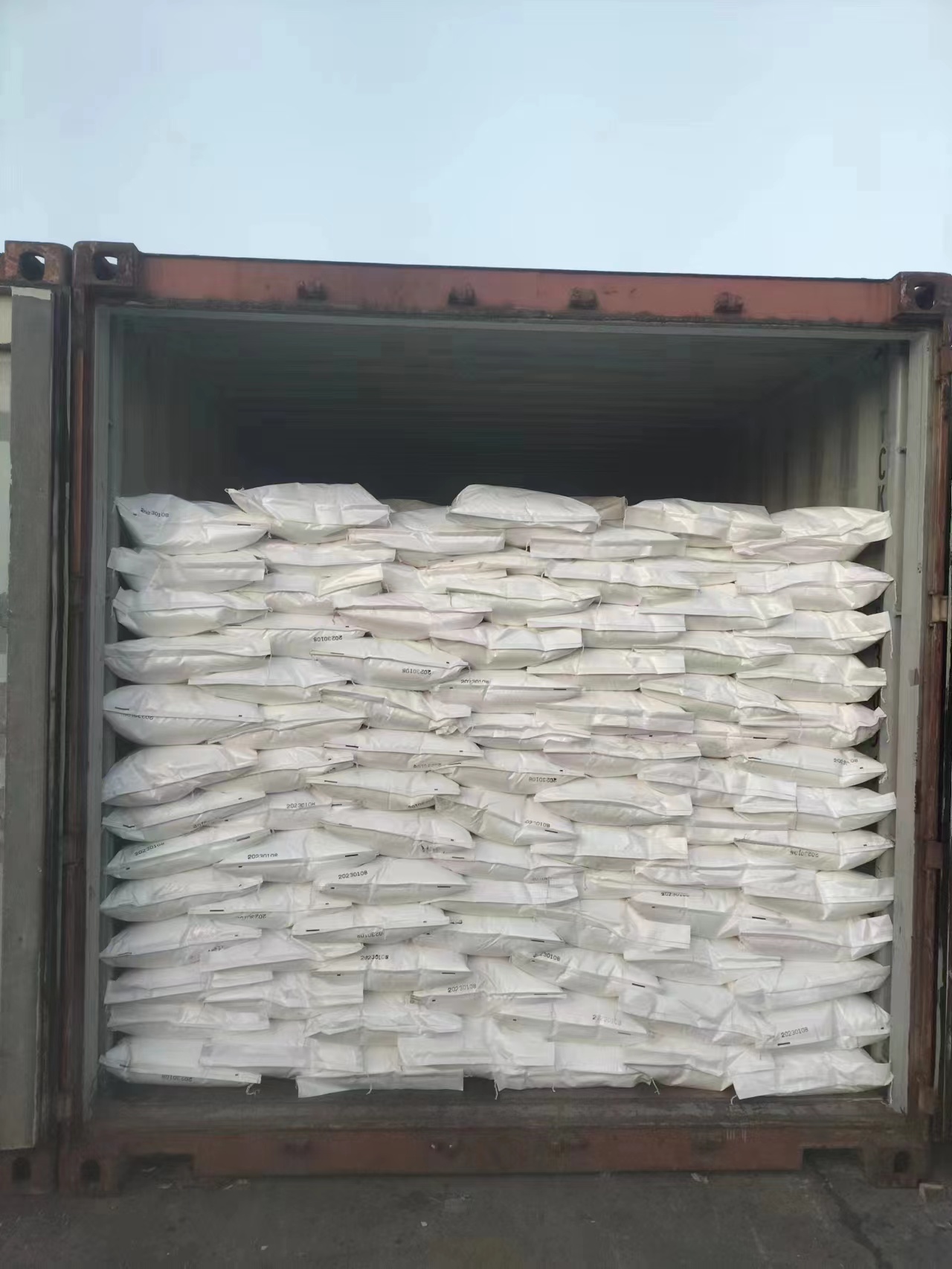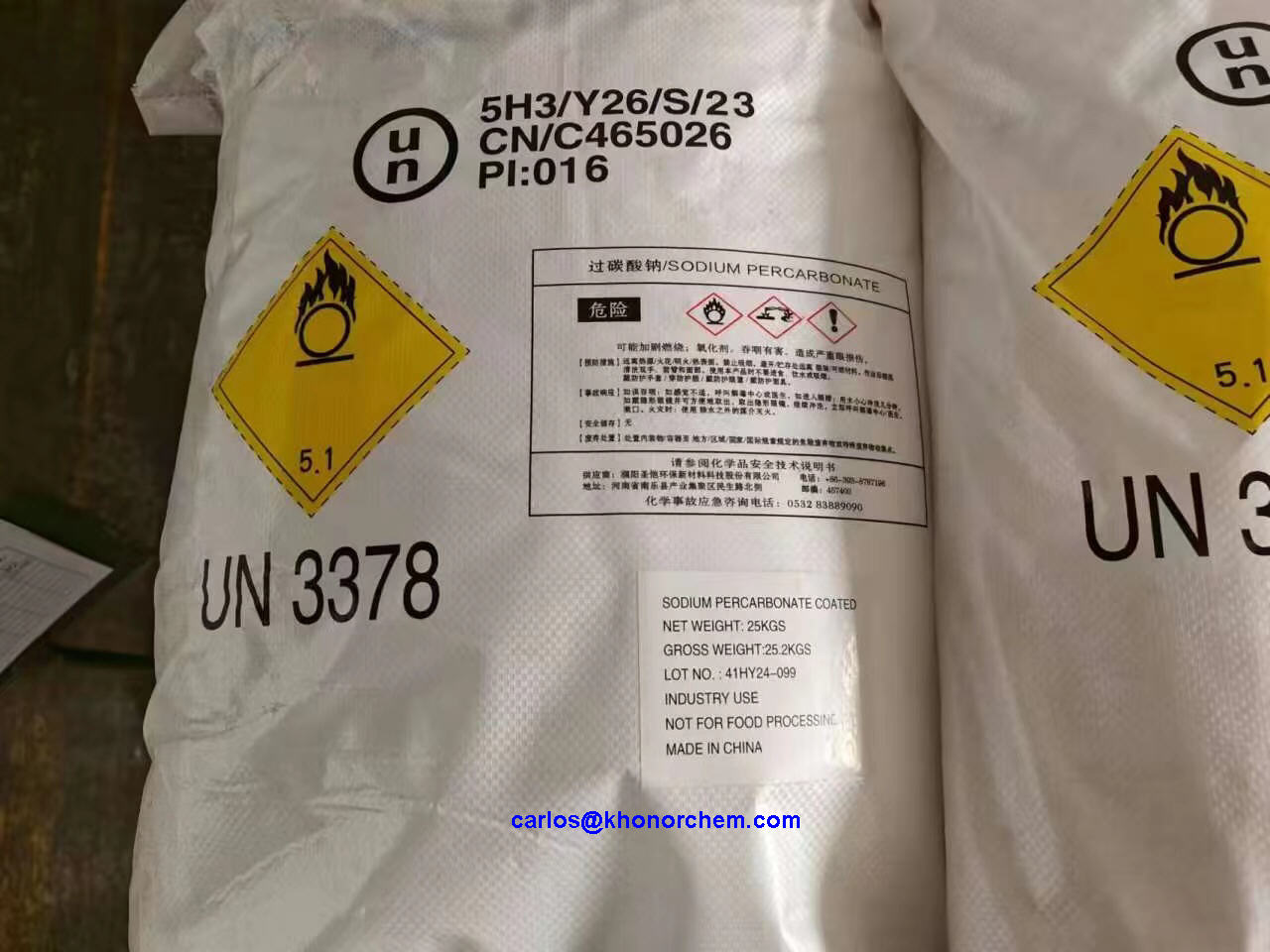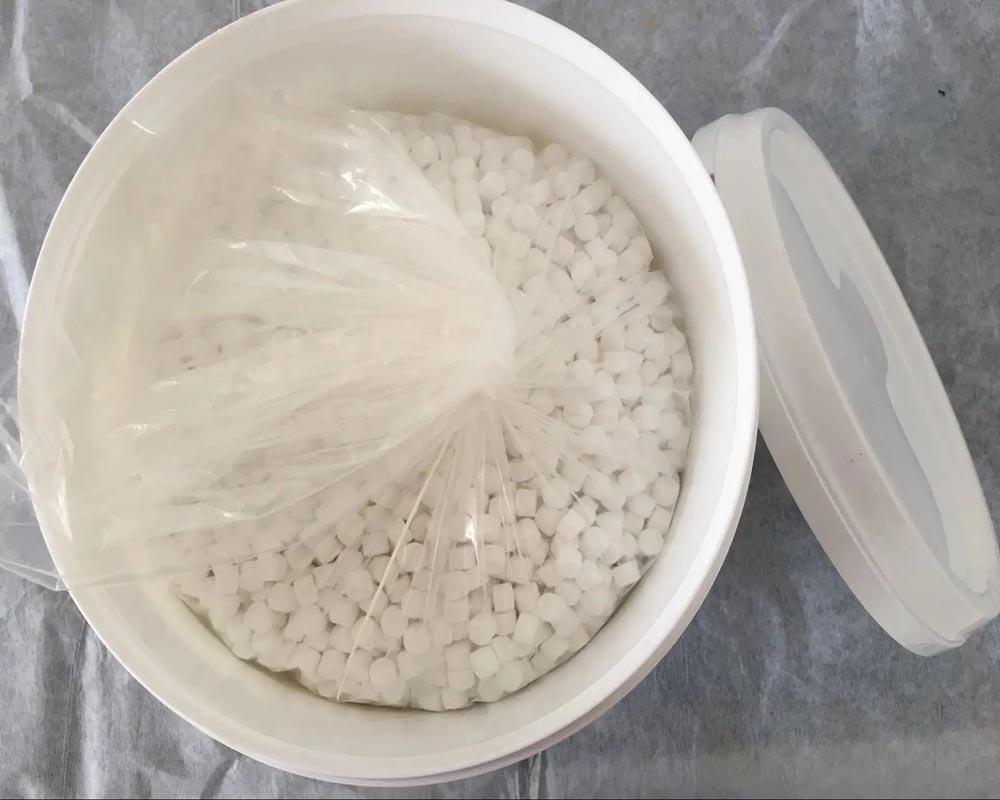Sodium Percarbonate (SPC) is widely used in aquatic aquaculture due to its powerful oxidizing properties, safety, and environmental friendliness. It is an adduct of sodium carbonate and hydrogen peroxide, which releases oxygen when dissolved in water. This characteristic makes it particularly beneficial for improving water quality, controlling diseases, and maintaining a healthy aquatic environment.
✅ Main Applications in Aquatic Aquaculture
1. Water Quality Improvement
Sodium percarbonate effectively increases the dissolved oxygen (DO) levels in aquaculture ponds. When SPC decomposes in water, it produces oxygen and sodium carbonate, which helps neutralize acidity. Higher oxygen levels:
Prevent the buildup of harmful gases like ammonia and hydrogen sulfide.
Enhance the metabolism of fish and shrimp.
Reduce stress in aquatic animals.
2. Algae and Organic Waste Control
SPC assists in breaking down excessive organic matter and controlling the overgrowth of harmful algae. The release of active oxygen helps decompose:
Residual feed.
Excreta.
Dead algae.
This action improves water transparency and reduces the chances of algal blooms and eutrophication.
3. Pathogen and Disease Control
Sodium percarbonate's oxidizing effect disrupts the cell membranes of harmful microorganisms, including bacteria, fungi, and viruses, helping to control diseases in aquaculture systems. It is commonly used to:
Prevent bacterial infections.
Clean pond bottoms.
Maintain healthy microbial balance.
4. Pond Disinfection
Before stocking or during disease outbreaks, sodium percarbonate is applied to disinfect water bodies safely. Unlike chlorine-based disinfectants, SPC decomposes into oxygen and soda ash, leaving no toxic residues.
✅ Typical Dosage in Aquaculture
| Purpose | Dosage (per cubic meter) | Frequency |
|---|---|---|
| Oxygenation | 5–10 g/m³ | As needed |
| Algae and organic control | 10–20 g/m³ | Every 7–10 days |
| Disease prevention & control | 15–30 g/m³ | Weekly or biweekly |
| Pond disinfection (no stock) | 30–50 g/m³ | Before stocking |
Note: The dosage may vary depending on water conditions, stocking density, and specific species.
✅ Advantages of Using Sodium Percarbonate in Aquaculture
Environmentally Friendly: Breaks down into harmless substances (oxygen and soda ash).
Safe for Aquatic Life: When used appropriately, it poses no risk to fish, shrimp, or other aquatic species.
Improves Water Quality: Reduces harmful gases and stabilizes pH.
Prevents Diseases: Reduces microbial load and stress on aquatic animals.
Easy Application: Simple to handle, transport, and store.
✅ Conclusion
Sodium percarbonate is a highly effective solution for aquaculture water management. It helps maintain a healthy environment, enhances dissolved oxygen, controls harmful microorganisms, and supports sustainable aquaculture practices. Its eco-friendly nature and strong oxidation capability make it an ideal choice for modern fish and shrimp farming.

